






























Loch Ness monster: folk legend or scientific wonder?
- This Scottish lake is the perfect setting for a mysterious legend about a monster that lives deep in the lake and looks like a dinosaur.
The existence of the Loch Ness monster has never been proven scientifically but this legend is part of Scottish culture and popular imagination. Many people visit the lake hoping to see the mysterious creature that inspired movies, TV shows, and video games.
Check out the gallery and unveil the Loch Ness mystery!
© Shutterstock
0 / 31 Fotos
Location - Loch Ness is a freshwater lake in the Scottish Highlands.
© Shutterstock
1 / 31 Fotos
Shape - The lake has a narrow shape and is about 37 km long.
© Shutterstock
2 / 31 Fotos
Area - The lake has an area of approximately 56.4 km² and a maximum depth of 226 meters.
© Shutterstock
3 / 31 Fotos
Volume - This is the largest freshwater lake in Britain, and the third-largest in Europe.
© Shutterstock
4 / 31 Fotos
Rocks - The rocks around the lake are made of granite, and as they are very resistant to erosion, there is no possibility of underwater cave formation.
© Shutterstock
5 / 31 Fotos
Legend - The legend of the Loch Ness monster became popular in the late 1970s.
© Shutterstock
6 / 31 Fotos
Aleister Crowley - There are several versions of the legend. One of them claims that a house by the lake belonged to the famous occultist Aleister Crowley, known as the father of modern Satanism.
© Shutterstock
7 / 31 Fotos
The occultist - Some people claim that the occultist killed many people in his rituals and many of them were thrown into the lake.
© Shutterstock
8 / 31 Fotos
Employees - Years later, the occultist's house was purchased by a member of Led Zeppelin, and some of the musician's employees died mysteriously. Legend has it that some disappeared when they went swimming in the lake.
© Shutterstock
9 / 31 Fotos
Sightings - In the late 1970s, some people claimed to have seen a strange creature in the lake, who looked like a monster and a dinosaur.
© Shutterstock
10 / 31 Fotos
Energy creature - Up until the late 1980s many people claimed to have seen the monster, but its existence has never been proven. Some mystics believed that the monster was a mixture of negative energies that only the most sensitive people could see.
© Shutterstock
11 / 31 Fotos
The legend dates back to the Middle Ages - The legend dates back to 565 AD. According to the legend, an Irish missionary, St Columba, saved a pupil from being attacked by a monster in the lake. Since then, more than 10,000 sightings have been recorded.
© Shutterstock
12 / 31 Fotos
In the media - In 1933, a reporter for the Inverness Courier wrote a story based on the monster's last sighting, which sparked media interest and motivated people to tell their sighting stories.
© Shutterstock
13 / 31 Fotos
Farce - Several people told their stories, but many of them later revealed that the stories were fake.
© Shutterstock
14 / 31 Fotos
Discarded - Scientists then discarded any possibility of the monster's existence.
© Shutterstock
15 / 31 Fotos
First photo - However, in 1934, an English physician called R. K. Wilson photographed the creature swimming on the surface of the lake.
© Shutterstock
16 / 31 Fotos
Not a fake - Tests were carried out on the film negatives and it was proved that the photo was legitimate.
© Shutterstock
17 / 31 Fotos
Best picture - The photo taken by the English doctor is one of the best images of the monster to this day.
© Shutterstock
18 / 31 Fotos
NASA investigation - NASA also participated in research conducted on the monster, but it was the Academy of Applied Science in Boston that invested more in research on the mysterious creature.
© Shutterstock
19 / 31 Fotos
Computerized image - The technicians claimed to have captured a computerized image of a body that could be the monster.
© Shutterstock
20 / 31 Fotos
Scientific skepticism - However, the reports were not accurate and most of the scientists remained skeptical about the monster's existence.
© Shutterstock
21 / 31 Fotos
Plesiosaur - Most reports of the monster's sightings describe it as a Plesiosaurs, a large aquatic reptile with a large neck, in comparison to its head. This animal would be a distant relative of a dinosaur that have been extinct since the Mesozoic period.
© Shutterstock
22 / 31 Fotos
Dinosaur - The resemblance to an animal led some cryptozoologists to claim that the Loch Ness monster was a Plessiosaur which survived the extinction of its species at the end of the Cretaceous period.
© Shutterstock
23 / 31 Fotos
A monster living in unique conditions - Other scientists have put forward the theory that the monster had a different bone structure from its supposed cousin who lived in the Atlantic or Arctic oceans, and its body adapted to different climatic conditions.
© Shutterstock
24 / 31 Fotos
Sturgeons - Other explanations include sturgeons, which are abundant in the lake, and mistaken for the monster.
© Shutterstock
25 / 31 Fotos
Gases that create bubbles - Another theory associated the sightings with gases released by the tectonic fault underneath the lake, which can reach the surface as bubbles.
© Shutterstock
26 / 31 Fotos
BBC investigation - In 2003, a BBC team conducted an investigation. They traversed the lake from end to end with divers and 600 sonars, but found no evidence. The BBC concluded that the monster does not exist, but even so, many people still believe it does.
© Shutterstock
27 / 31 Fotos
Geological peculiarity - The geological peculiarity of the lake makes it very difficult to prove the creature's existence.
© Shutterstock
28 / 31 Fotos
Controversy - While some people acknowledge that there is enough scientific evidence to disprove the existence of the monster, some still believe it is out there, so the legend lives on.
© Shutterstock
29 / 31 Fotos
In our imaginations and on the screen - Real or not, the Loch Ness monster is part of Scottish folklore and our imaginations. The TV, video game, and film industries have portrayed the Loch Ness monster in many ways. An example of this is the movie 'Loch Ness' (1996).
© Shutterstock
30 / 31 Fotos
Loch Ness monster: folk legend or scientific wonder?
- This Scottish lake is the perfect setting for a mysterious legend about a monster that lives deep in the lake and looks like a dinosaur.
The existence of the Loch Ness monster has never been proven scientifically but this legend is part of Scottish culture and popular imagination. Many people visit the lake hoping to see the mysterious creature that inspired movies, TV shows, and video games.
Check out the gallery and unveil the Loch Ness mystery!
© Shutterstock
0 / 31 Fotos
Location - Loch Ness is a freshwater lake in the Scottish Highlands.
© Shutterstock
1 / 31 Fotos
Shape - The lake has a narrow shape and is about 37 km long.
© Shutterstock
2 / 31 Fotos
Area - The lake has an area of approximately 56.4 km² and a maximum depth of 226 meters.
© Shutterstock
3 / 31 Fotos
Volume - This is the largest freshwater lake in Britain, and the third-largest in Europe.
© Shutterstock
4 / 31 Fotos
Rocks - The rocks around the lake are made of granite, and as they are very resistant to erosion, there is no possibility of underwater cave formation.
© Shutterstock
5 / 31 Fotos
Legend - The legend of the Loch Ness monster became popular in the late 1970s.
© Shutterstock
6 / 31 Fotos
Aleister Crowley - There are several versions of the legend. One of them claims that a house by the lake belonged to the famous occultist Aleister Crowley, known as the father of modern Satanism.
© Shutterstock
7 / 31 Fotos
The occultist - Some people claim that the occultist killed many people in his rituals and many of them were thrown into the lake.
© Shutterstock
8 / 31 Fotos
Employees - Years later, the occultist's house was purchased by a member of Led Zeppelin, and some of the musician's employees died mysteriously. Legend has it that some disappeared when they went swimming in the lake.
© Shutterstock
9 / 31 Fotos
Sightings - In the late 1970s, some people claimed to have seen a strange creature in the lake, who looked like a monster and a dinosaur.
© Shutterstock
10 / 31 Fotos
Energy creature - Up until the late 1980s many people claimed to have seen the monster, but its existence has never been proven. Some mystics believed that the monster was a mixture of negative energies that only the most sensitive people could see.
© Shutterstock
11 / 31 Fotos
The legend dates back to the Middle Ages - The legend dates back to 565 AD. According to the legend, an Irish missionary, St Columba, saved a pupil from being attacked by a monster in the lake. Since then, more than 10,000 sightings have been recorded.
© Shutterstock
12 / 31 Fotos
In the media - In 1933, a reporter for the Inverness Courier wrote a story based on the monster's last sighting, which sparked media interest and motivated people to tell their sighting stories.
© Shutterstock
13 / 31 Fotos
Farce - Several people told their stories, but many of them later revealed that the stories were fake.
© Shutterstock
14 / 31 Fotos
Discarded - Scientists then discarded any possibility of the monster's existence.
© Shutterstock
15 / 31 Fotos
First photo - However, in 1934, an English physician called R. K. Wilson photographed the creature swimming on the surface of the lake.
© Shutterstock
16 / 31 Fotos
Not a fake - Tests were carried out on the film negatives and it was proved that the photo was legitimate.
© Shutterstock
17 / 31 Fotos
Best picture - The photo taken by the English doctor is one of the best images of the monster to this day.
© Shutterstock
18 / 31 Fotos
NASA investigation - NASA also participated in research conducted on the monster, but it was the Academy of Applied Science in Boston that invested more in research on the mysterious creature.
© Shutterstock
19 / 31 Fotos
Computerized image - The technicians claimed to have captured a computerized image of a body that could be the monster.
© Shutterstock
20 / 31 Fotos
Scientific skepticism - However, the reports were not accurate and most of the scientists remained skeptical about the monster's existence.
© Shutterstock
21 / 31 Fotos
Plesiosaur - Most reports of the monster's sightings describe it as a Plesiosaurs, a large aquatic reptile with a large neck, in comparison to its head. This animal would be a distant relative of a dinosaur that have been extinct since the Mesozoic period.
© Shutterstock
22 / 31 Fotos
Dinosaur - The resemblance to an animal led some cryptozoologists to claim that the Loch Ness monster was a Plessiosaur which survived the extinction of its species at the end of the Cretaceous period.
© Shutterstock
23 / 31 Fotos
A monster living in unique conditions - Other scientists have put forward the theory that the monster had a different bone structure from its supposed cousin who lived in the Atlantic or Arctic oceans, and its body adapted to different climatic conditions.
© Shutterstock
24 / 31 Fotos
Sturgeons - Other explanations include sturgeons, which are abundant in the lake, and mistaken for the monster.
© Shutterstock
25 / 31 Fotos
Gases that create bubbles - Another theory associated the sightings with gases released by the tectonic fault underneath the lake, which can reach the surface as bubbles.
© Shutterstock
26 / 31 Fotos
BBC investigation - In 2003, a BBC team conducted an investigation. They traversed the lake from end to end with divers and 600 sonars, but found no evidence. The BBC concluded that the monster does not exist, but even so, many people still believe it does.
© Shutterstock
27 / 31 Fotos
Geological peculiarity - The geological peculiarity of the lake makes it very difficult to prove the creature's existence.
© Shutterstock
28 / 31 Fotos
Controversy - While some people acknowledge that there is enough scientific evidence to disprove the existence of the monster, some still believe it is out there, so the legend lives on.
© Shutterstock
29 / 31 Fotos
In our imaginations and on the screen - Real or not, the Loch Ness monster is part of Scottish folklore and our imaginations. The TV, video game, and film industries have portrayed the Loch Ness monster in many ways. An example of this is the movie 'Loch Ness' (1996).
© Shutterstock
30 / 31 Fotos
Loch Ness monster: folk legend or scientific wonder?
What science says about Nessie and why it might be real
© Shutterstock
Loch Ness in Scotland is home to a very popular legend. Even though the existence of a dinosaur-like monster in the depths of the lake has never been proved, the story lives on. We delve into the theories behind the legend and what science has to say about it. Check out the gallery and unveil the Loch Ness mystery!
RECOMMENDED FOR YOU

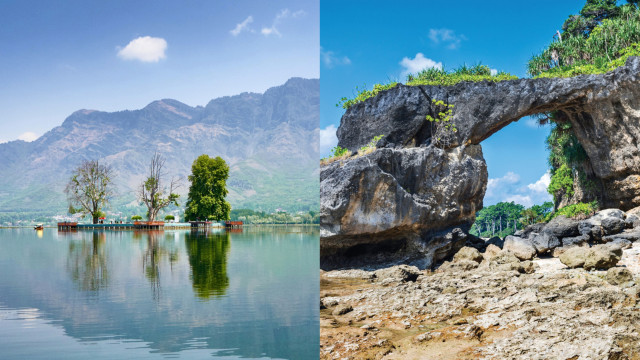








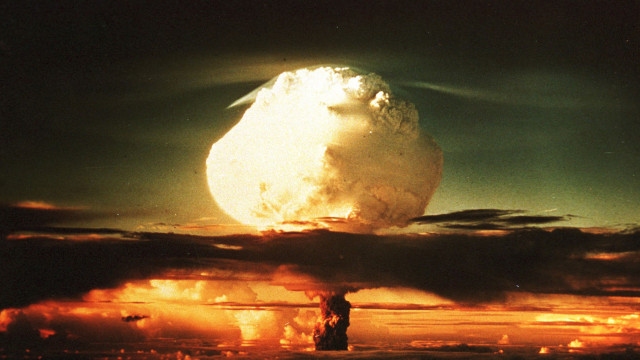


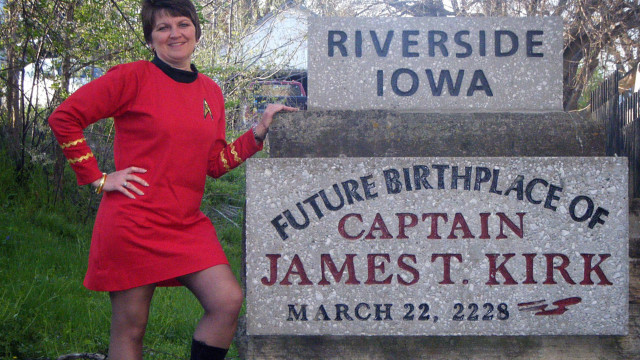



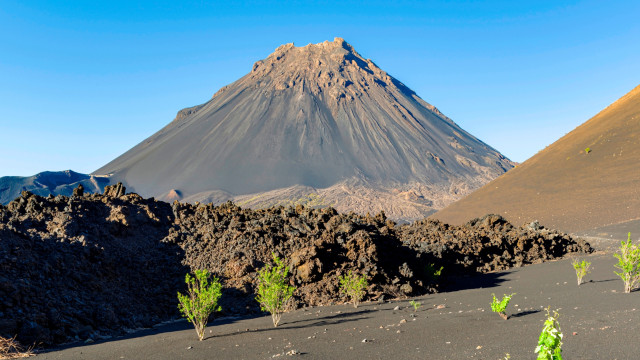

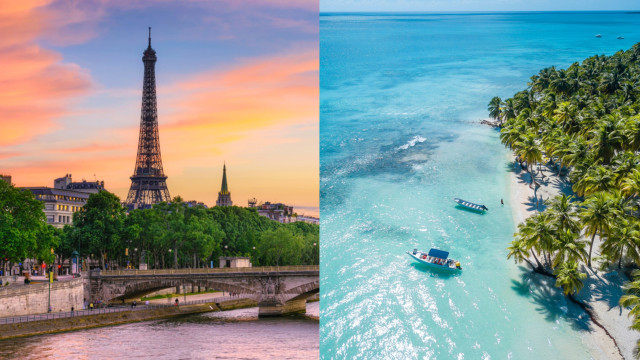
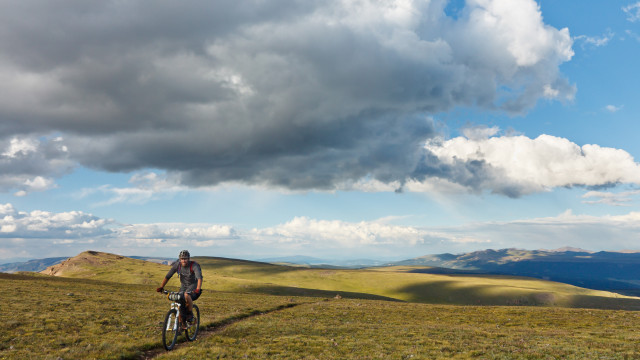















MOST READ
- Last Hour
- Last Day
- Last Week
-
1
CELEBRITY Relationships
-
2
LIFESTYLE Throwback
-
3
LIFESTYLE Catholicism
-
4
LIFESTYLE Home remedies
-
5
LIFESTYLE Putin
-
6
FOOD Fine dining
-
7
LIFESTYLE Emotions
-
8
TRAVEL Nations
-
9
LIFESTYLE History
-
10
LIFESTYLE Astrology chart








